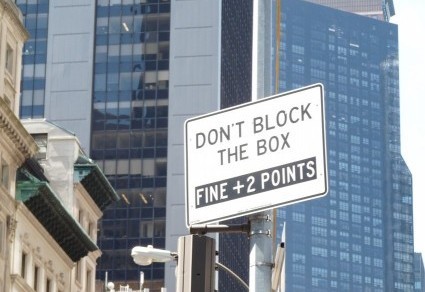I’ve written elsewhere (“Missing and Presumed” at http://www.grammarianinthecity.com/?p=311) about dropping the letter D from expressions such as “grill cheese,” “old fashion,” and “never close, open 24/7.” This sign has the opposite problem:

Grilled and Deli Man
Reflected light mars the photo, so to clarify, the store is hiring a “Delivery, Cashier, Grilled & Deli Man.” If I take the noun “man” as the center of this statement from a non-equal-opportunity- employer, the other words serve as modifiers. So the store seeks a “delivery man,” a “cashier man” (turning the noun “cashier” into an adjective), and a “grilled and deli man.”
The last phrase leads me to a couple of questions. Does an applicant have to submit proof that detectives placed him in a windowless room under a bright lamp where they grilled him for hours about, presumably, his qualifications for working in a deli? I can hear the boss now: “Pre-grilled applicants save interview time.” Or is the shop hiring a man who has spent some time over charcoal? I shudder at that last possibility. I shudder at the spelling/grammar error too, but less. Much less.

















